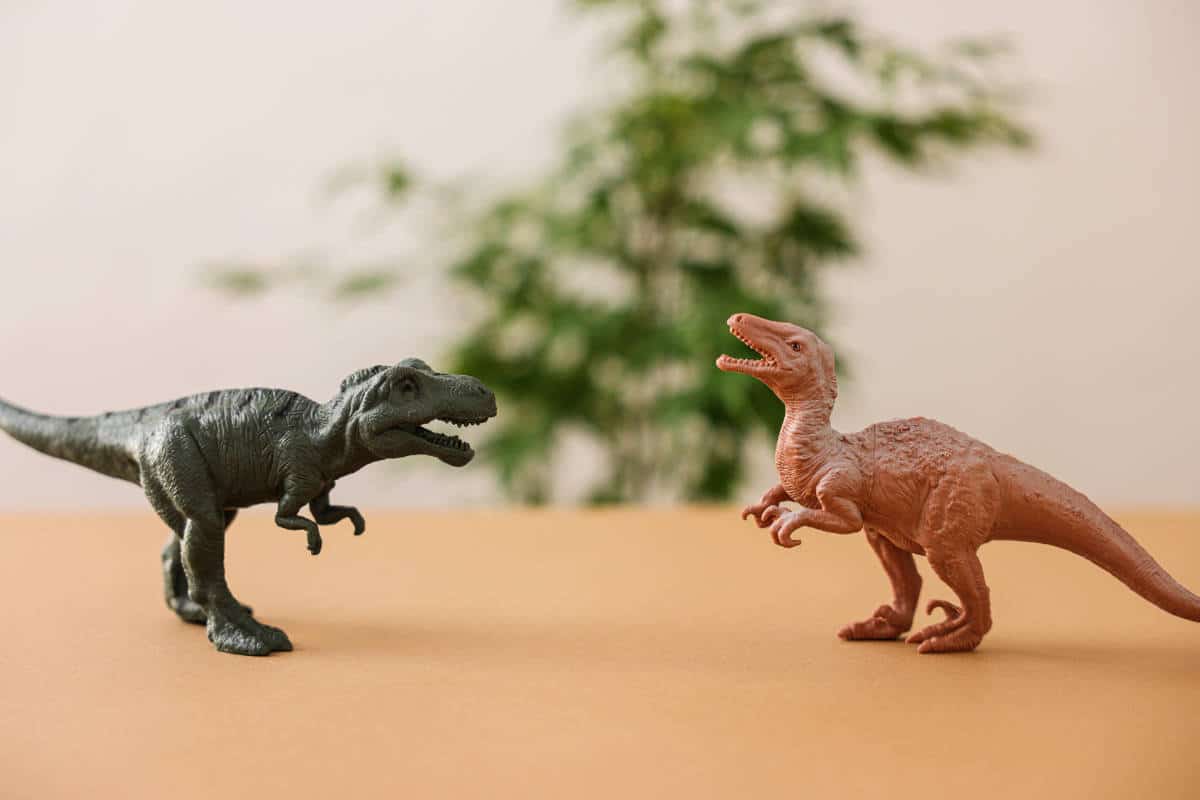
These prehistoric animals probably lived 40 million years earlier than thought in real herds.
It is known that some dinosaurs that roamed the earth during the last phase of the dino era lived in herds. A pressing question, however, was when these social behaviors first appeared in their evolutionary history. That’s the question researchers have now, in a new studyknow how to answer. And that is surprisingly much sooner than expected.
Behaviour
The fact that researchers have actually succeeded in assigning a year to the herd behavior of dinosaurs is quite an achievement, by the way. “Behaviour is a critical part of a species’ biology,” researcher Diego Pol told Scientias.nl from. “Moreover, it can play a crucial role in their evolution. But normally we have very little information about the behavior of animals that lived millions of years ago. Except in exceptional cases, where we can infer the behavior from unusual fossils. And that’s what we’ve done here.”
Breeding ground
In the study, scientists describe the discovery of a 190-million-year-old nesting site excavated in southern Patagonia. Here they found exceptionally well-preserved fossil dinosaur eggs (about the size of chicken eggs) and the partial skeletons of young and adult dinosaurs. “It’s a pretty dramatic scene frozen in time,” Pol said.
Mussaurus patagonicus
Using X-rays, the researchers were able to get a beautiful look inside the eggs without damaging them. The team then discovered remnants of embryos in the eggs, which also allowed them to determine which type of dinosaur had laid the eggs. It turns out to be a Mussaurus patagonicus; a herbivorous dinosaur that lived in the dawn of the Jurassic.

Artistic impression of an adult Mussaurus. Image:
This dino can be counted among the Sauropodomorpha; a precursor to the immense and long-necked sauropods that appeared later.
Age
Surprisingly, the researchers found that the excavated fossils were not randomly scattered around the nesting site. Instead, they were grouped by age. “The bones of these dinosaurs grew in annual cycles, just like growth rings,” Pol explains. “So by counting the growth cycles, we were able to figure out the age of the dinosaurs.” The researchers found the dinosaur eggs and the remains of newborns in one area, while the toddlers’ skeletons were buried a short distance away. “They were clustered together and probably died in the same spot during a drought,” Pol says.
herd
This remarkable categorization by age indicates a complex, herd-like social structure, the researchers say. The dinosaurs probably worked together, laying their eggs in a communal nesting site. Mussaurus patagonicus might even have lived in herds all his life. And that’s interesting. Especially since the breeding site – and the remains found there – after analysis turns out to be about 193 million years old. It means that dinosaurs lived in herds very early on; much earlier than expected. For example, this discovery pushes back the timeline when complex social behaviors first appeared in dinosaurs by as much as 40 million years.
To survive
Why did dinosaurs live in herds very early? The researchers speculate that this behavior Mussaurus – but possibly also other social ones Sauropodomorpha – gave an evolutionary advantage. Although it was primarily a means of survival. “Mussaurus was small when he was born (the whole skeleton fits in the palm of your hand),” says Pol. “But adults weighed 1.5 tons, comparable to the weight of a hippo. Diurnal movement patterns and foraging behavior were likely very different among neonates, juveniles and adults. So it is plausible that animals of the same size came together. This is especially the case for young animals that are small and inexperienced and therefore more vulnerable to predators.”
Good luck
Subsequently, this herd behavior contributed to their evolutionary success, the researchers suspect. Mussaurus saw the light of day in the late Triassic, shortly before a mass extinction wiped out many other animals. Sauropodomorpha however, managed to survive and eventually dominated on land in the early Jurassic. “The behavior appeared when they actually conquered the world and became abundant and dominant in all ecosystems worldwide,” Pol explains. “They were super successful. There are, of course, several possible causes. But we now think that herd behavior may be one of them.”
193 million years ago
Taken together, the results show that Mussaurus already 193 million years ago, around the dawn of the Jurassic, lived in complex, social herds. That we now know a more specific date for the origin of this behavior is very important, according to Pol. “It helps us understand the biology of early dinosaurs,” he explains. “And that again is critical to our understanding of their evolutionary success.”
It could well be that Mussaurus wasn’t the only one using this clever tactic. Two other types of early dinosaurs – the South African . may have been Massospondylus and the Chinese Lufengosaurus – also so smart. Evidence for this, however, is not enough. However, if it turns out that multiple separate lineages of dinosaurs did indeed live in herds, this could mean that these social behaviors may have evolved even earlier, possibly as early as their common ancestor in the Late Triassic, the researchers say. Whether this is the case remains to be seen from further research.
Source material:
“Dinosaurs may have lived in social herds as early as 193 million years ago” – MIT
Interview with Diego Pol
Image at the top of this article: Cup of Couple via Pexels